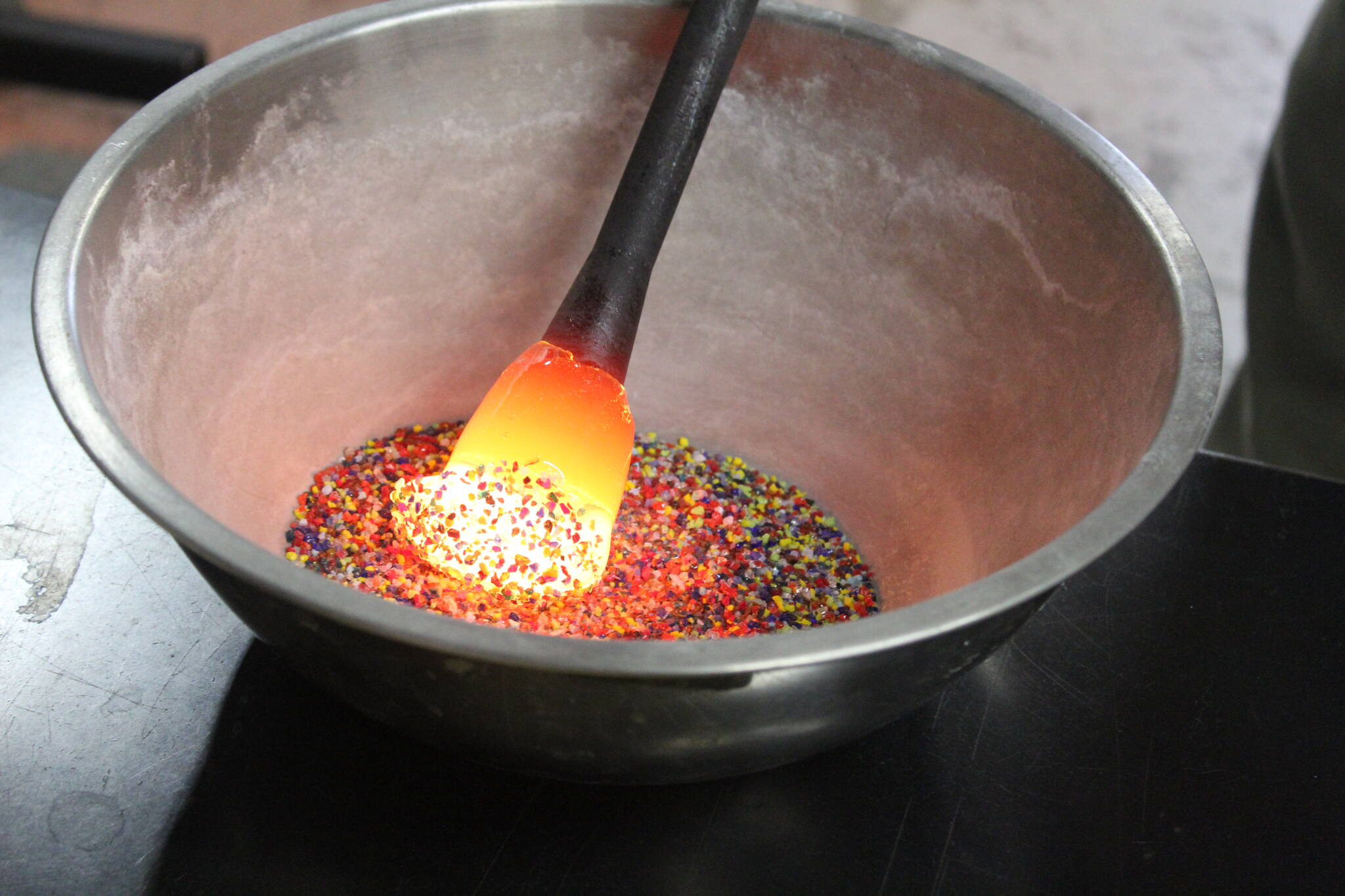Molten glass, a striking blend of artistry and science, has captivated humankind for centuries. Its mesmerizing qualities and versatility have made it a staple material in various industries, ranging from art to construction. The process of transforming raw materials into this luminous liquid state is both an ancient craft and a modern marvel, showcasing the incredible interplay of heat and creativity. In this article, we will delve into the enchanting world of molten glass, exploring its origins, applications, and the techniques that bring it to life.
Glassmaking, with its roots tracing back over 4,000 years, has evolved significantly over time. The journey from sand and other raw materials to a gleaming glass object involves precise temperature control and skilled craftsmanship. At the heart of this process lies the concept of molten glass, which allows artisans to shape their creations with remarkable precision. As we uncover the secrets behind this captivating material, we will also highlight some of the innovative techniques that have emerged in contemporary glassmaking.
From delicate glass sculptures to sturdy architectural elements, molten glass has a place in nearly every facet of modern life. But what makes this material so unique? How do artisans manipulate it to create such diverse forms? Join us as we explore these questions and more, embarking on a journey through the fascinating realm of molten glass.
What Is Molten Glass and How Is It Made?
Molten glass is a state of glass that occurs when silica-based materials are heated to high temperatures, typically between 1,400°C and 1,600°C (2,552°F to 2,912°F). The main components of glass include silica (sand), soda (sodium carbonate), and lime (calcium oxide). These materials are carefully measured and mixed before being subjected to intense heat, which causes them to melt and form a viscous liquid.
What Are the Main Ingredients in Molten Glass?
The primary ingredients used in the creation of molten glass include:
- Silica Sand: The primary component, providing the glass's structure.
- Soda Ash: Reduces the melting point of silica, making it easier to work with.
- Lime: Acts as a stabilizer, ensuring the glass remains durable.
- Other Additives: Various materials, such as colorants and opacifiers, can be added to achieve specific effects.
How Is Molten Glass Shaped and Formed?
Once the raw materials have melted into a molten state, skilled artisans use a variety of techniques to shape and form the glass. Some common methods include:
- Blowing: A traditional technique where artisans blow air into a molten glass gather, creating hollow forms.
- Molding: Molten glass is poured into molds to create specific shapes and designs.
- Casting: Glass is poured into a mold and allowed to cool, forming solid objects.
- Fusing: Layers of glass pieces are stacked and heated until they bond together.
What Safety Precautions Are Necessary When Working with Molten Glass?
Working with molten glass requires strict safety measures, as the high temperatures involved pose significant risks. Essential safety precautions include:
- Wearing protective gear, such as heat-resistant gloves and goggles.
- Maintaining a safe distance from the furnace and heat sources.
- Ensuring proper ventilation to prevent inhalation of harmful fumes.
- Having fire extinguishing equipment readily available.
What Are the Applications of Molten Glass?
Molten glass is utilized in a wide range of applications, showcasing its versatility:
- Artistic Sculptures: Glass artists create stunning sculptures and installations using molten glass.
- Architecture: Glass is used in windows, facades, and other structural elements.
- Tableware: Items such as dishes, vases, and glassware are crafted from molten glass.
- Lighting Fixtures: Beautiful light fixtures and lamps are made using glass-blowing techniques.
Can Molten Glass Be Recycled?
Yes, molten glass can be recycled! The recycling process involves collecting used glass products, crushing them into cullet, and remelting the cullet to create new glass items. Recycling glass not only conserves natural resources but also reduces energy consumption during production.
What Is the Future of Molten Glass in Modern Art and Industry?
The future of molten glass holds promising potential as artists and manufacturers continue to innovate and explore new techniques. The rise of sustainable practices and eco-friendly materials is likely to influence the glass industry, leading to the development of more environmentally conscious products. Additionally, advancements in technology, such as 3D printing and digital design, will likely reshape how molten glass is utilized in art and industry.
Conclusion: Why Should We Appreciate the Art of Molten Glass?
In conclusion, molten glass represents a unique intersection of creativity and craftsmanship. Its ability to be transformed into a myriad of forms makes it a fascinating material that deserves our appreciation. As we continue to explore the world of glassmaking, we must recognize the skill and dedication required to turn raw materials into beautiful, functional objects. Whether in art or industry, the allure of molten glass will undoubtedly endure for generations to come.
Also Read
Article Recommendations

.JPG)

ncG1vNJzZmivp6x7tMHRr6CvmZynsrS71KuanqtemLyue9OrsJ6bmKR%2BeXvMqKOtnZ5itK2t0qxloaydoQ%3D%3D